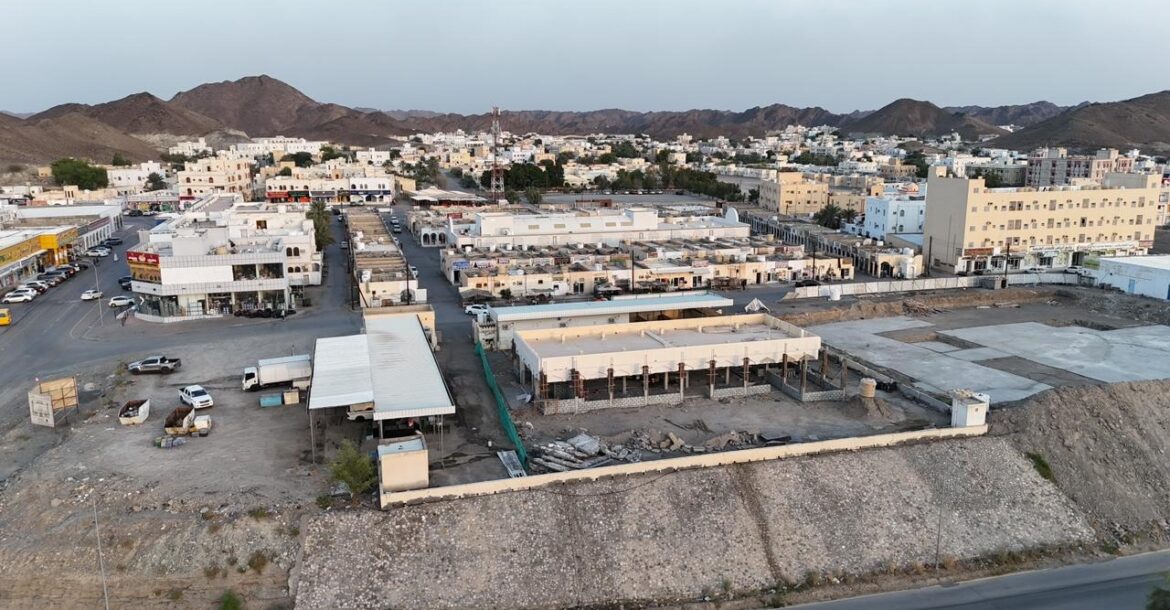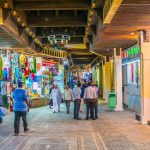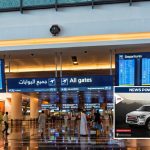MUSCAT – These projects reflect Oman’s ongoing efforts to achieve comprehensive and sustainable development in line with Oman Vision 2040.
His Excellency Mahmoud bin Yahya Al Dhahli, Governor of North Al Sharqiyah, told the Oman News Agency that the development plan focuses on enhancing investment opportunities, strengthening cooperation between the public and private sectors, and increasing satisfaction levels among service beneficiaries.
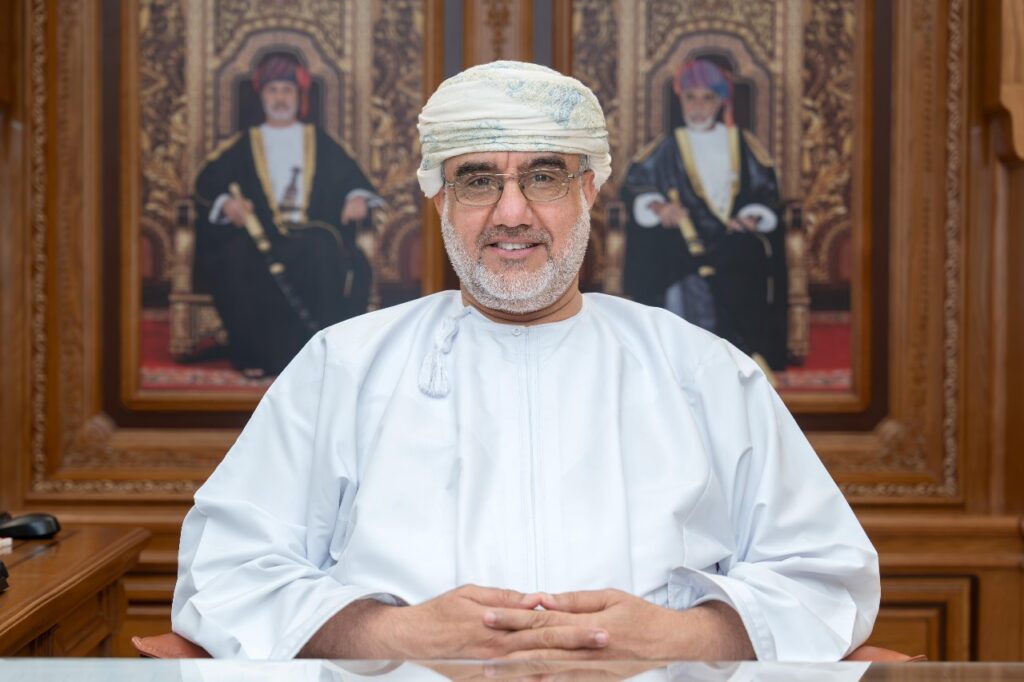
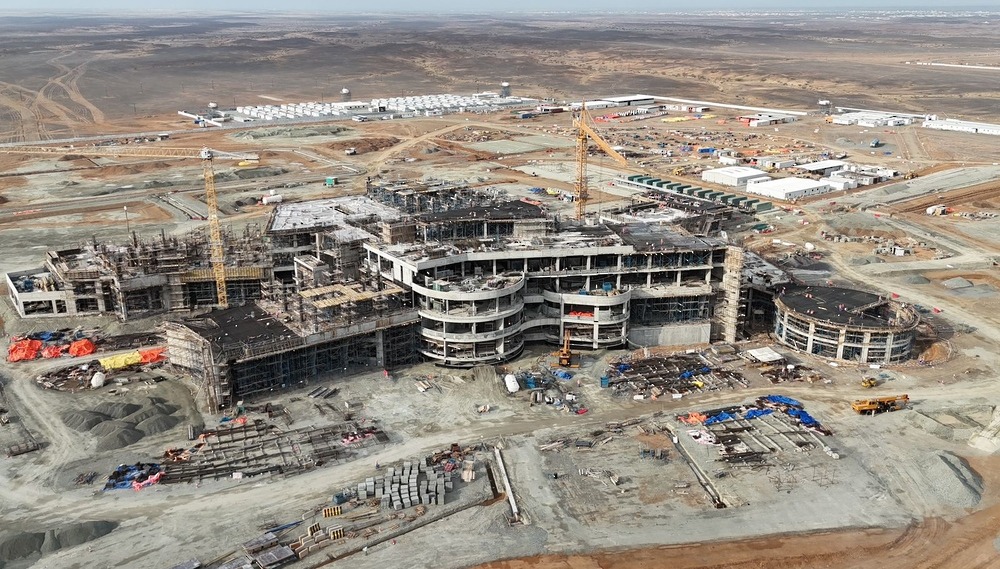
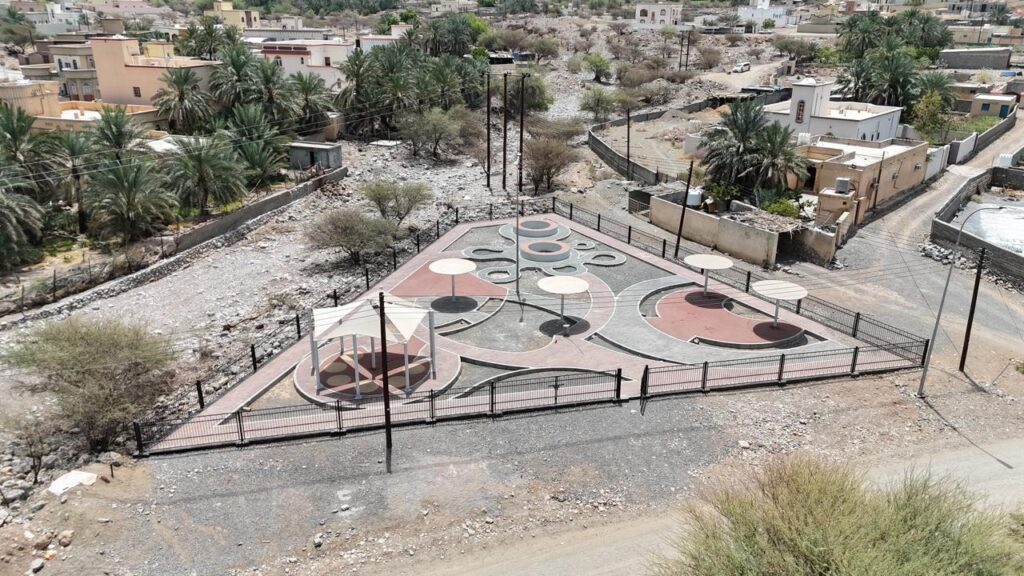
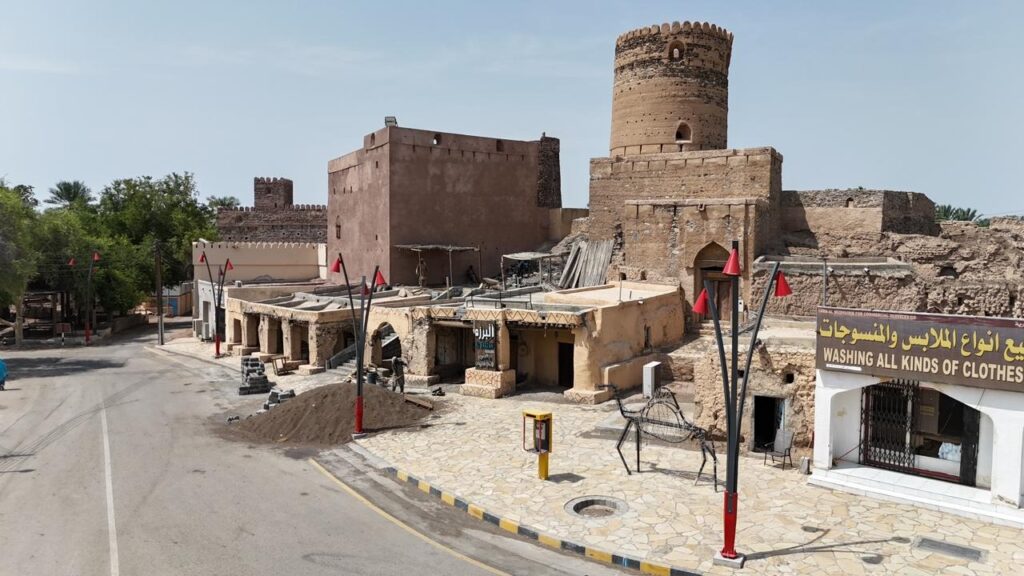

Among the key projects being implemented are Al Namaa Hospital in Ibra at a cost of RO 56.05 million, Al Mawarid Market in Sinaw costing RO 9.7 million, and the Wadi Bani Khalid mountain pass road project valued at RO 13.2 million. The establishment of Al Mudhaibi Industrial City (over RO 15 million), the Al Sumou neighborhood in Al Mudhaibi (RO 15 million), and the Al Ala neighborhood in Bidiyah (RO 5 million) are also among the major initiatives.
Read More
- Dhofar Municipality removes unlicensed kiosks in Salalah, cracks down on expat-run businesses
- Oman expresses solidarity with India and Pakistan following explosions
- Over 2.1 million job applications submitted via Oman’s ‘Ma’ak’ labour services app
- Oman extends condolences to Turkey over military plane crash
- Business establishment in Oman’s Barka penalised for failing to honour AC unit warranty
The North Al Sharqiyah Municipality has completed 145 km of new roads at a cost of RO 25.5 million, while additional service and development projects worth RO 54.2 million are under way, including the Bidiyah Recreational Center and multipurpose halls in Bidiyah, Wadi Bani Khalid, and Dima Wa Al-Taiyyin.
His Excellency noted that tourism remains one of the governorate’s strongest sectors, supported by its natural and cultural diversity. North Al Sharqiyah is home to 97 tourist accommodation facilities offering 1,295 rooms, and during the last winter season, occupancy rates reached 100 percent at peak times. The governorate continues to attract adventure tourism through activities such as mountain climbing, sand dune trekking, paragliding, and desert camping.
On the heritage front, the Ministry of Heritage and Tourism has carried out restoration works at Al Wasil and Al Muntarib forts in Bidiyah, along with upgrades to historic gates in Ibra and Al Mudhaibi.
In the industrial and mining sectors, the governorate currently holds 35 mining licenses covering ores such as copper, chromium, manganese, and marble. Projects like the Al Washahi ‘Al Majazah’ copper mine in Al Mudhaibi, with a geological reserve of 16.1 million tons, are expected to further boost local industry.
Commercial activity has also grown, with 19,328 commercial registrations, including 412 foreign investments, and more than 52,000 commercial licenses recorded by mid-2025. The governorate also boasts 8,181 small and medium enterprises, of which 1,458 hold the ‘Riyada’ card.
His Excellency highlighted progress in housing, education, and health services, including the construction of new residential neighbourhoods and Al Namaa Hospital, expected to be completed within 30 months. The education sector now includes 104 government schools, serving 62,466 students, with a teaching staff of 4,849.
Agriculture and livestock production are also expanding, with an annual output of 250,000 tons and a 5 percent growth in fruit cultivation areas. The governorate ranks first nationwide in Mabsali date production, yielding 11,620 tons from 136,112 palm trees.
His Excellency Al Dhahli reaffirmed that North Al Sharqiyah Governorate is on track to become one of Oman’s most dynamic regions, supported by a robust investment environment, growing infrastructure, and rich tourism potential — all contributing to the governorate’s role in advancing the goals of Oman Vision 2040.
